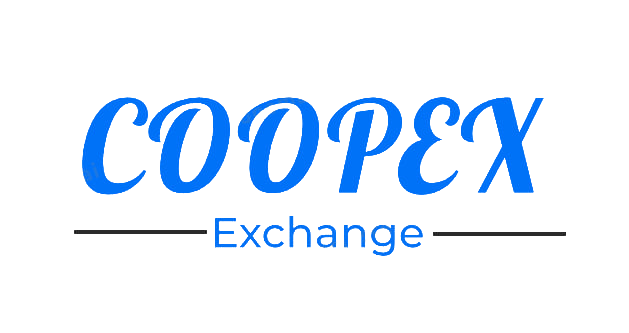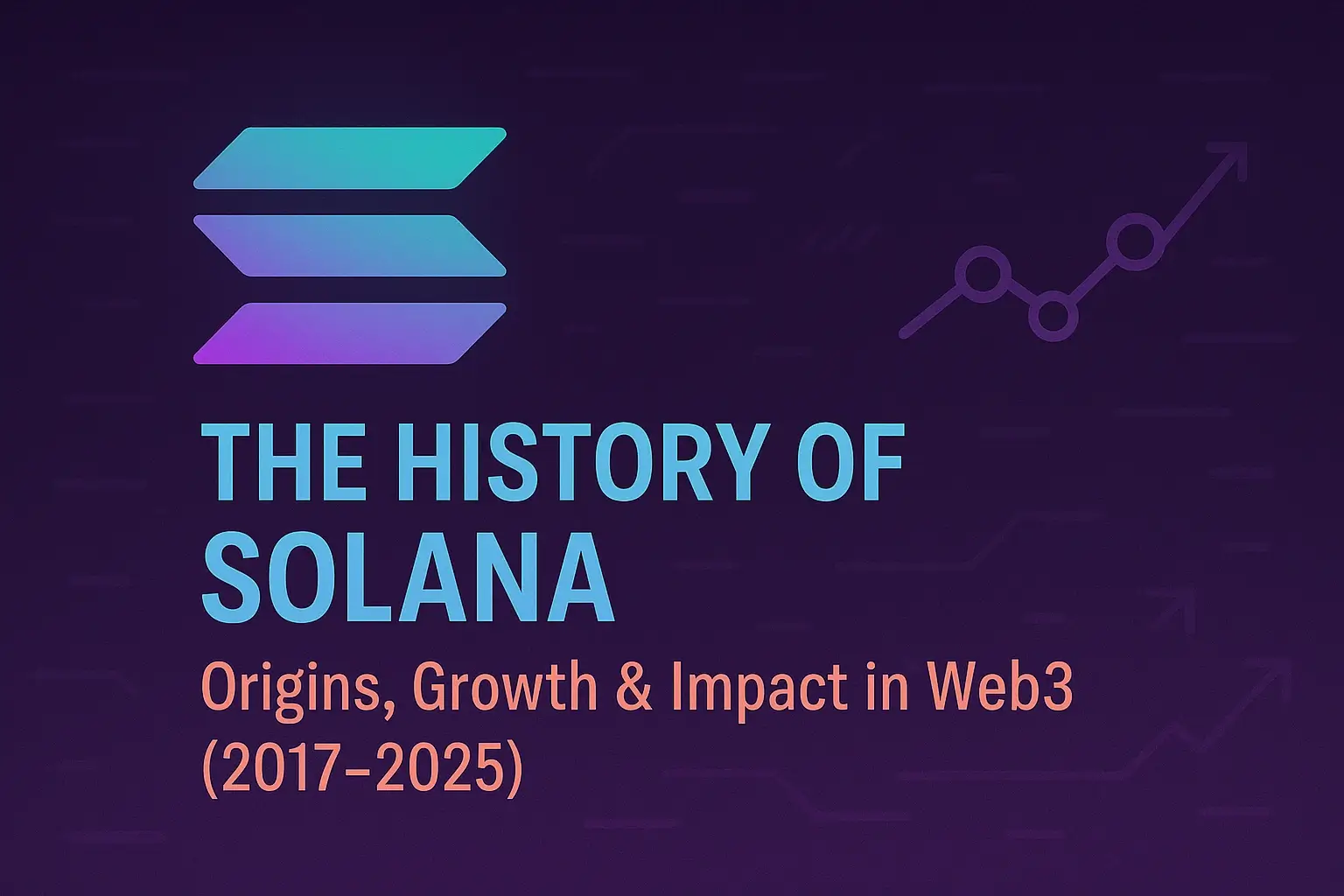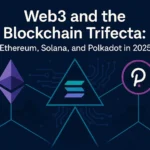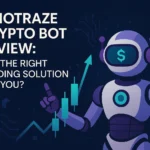Solana, once an ambitious whitepaper about solving blockchain scalability, has grown into one of the most impactful and widely adopted decentralized networks in the world. Known for its blazing-fast transaction speeds and low fees, Solana now powers a vast ecosystem of decentralized finance (DeFi), NFTs, gaming, and enterprise applications.
This deep-dive explores Solana’s journey — from early development to network challenges and its explosive growth by 2025.
Founding & Early Development (2017–2020)
Origins: A Whitepaper & a Bold Idea
- Founder: Anatoly Yakovenko, a former Qualcomm engineer, published the Solana whitepaper in November 2017.
- The key innovation? Proof of History (PoH) — a novel cryptographic clock that would allow nodes to agree on time without communicating.
- His vision: Solve the blockchain trilemma (scalability, security, decentralization) by optimizing speed and cost-efficiency.
Founding Team & Company Formation
- Company: Solana Labs (formerly Loom), founded in 2018 by Yakovenko, Greg Fitzgerald, Raj Gokal, and Stephen Akridge.
- They raised seed funding from top VCs like Multicoin Capital and Foundation Capital.
- Team size by end of 2019: 25 full-time engineers and cryptographers.
Launching the Solana Blockchain (2020)
Testnet Experiments
- Solana launched its testnet in Q3 2019, with thousands of TPS (transactions per second) capacity.
- Validators could run nodes on modest hardware, enabling fast decentralization.
Mainnet Beta Launch (March 2020)
- Solana launched its mainnet beta in March 2020, with 50 validators and an initial TPS of 65,000+.
- Features:
- PoH + PoS hybrid consensus.
- Smart contracts written in Rust and C.
- Sub-second finality and ultra-low fees (~$0.00025 per tx).
- PoH + PoS hybrid consensus.
Early Ecosystem Growth & Fundraising (2020–2021)
SOL Token Launch
- Ticker: SOL
- Initial price: ~$0.22 (CoinList auction)
- Total supply: 500 million SOL (initial allocation)
Ecosystem Development
- Solana Foundation launched an ecosystem fund of $20M in 2020.
- First dApps included:
- Serum (DEX backed by FTX/Alameda)
- Raydium, Mango Markets, Bonfida
- Early NFT projects: Solarians, SolSea
- Serum (DEX backed by FTX/Alameda)
Price Surge & Ecosystem Explosion (2021)
| Date | Price (USD) | Event |
| Jan 2021 | ~$3 | Early DeFi launches |
| May 2021 | ~$50 | Raydium, Serum activity surges |
| Sep 2021 | $215 | Breakpoint Lisbon conference, NFT boom |
Peak Hype, Technical Challenges & Outages (2021–2022)
Solana NFTs Take Off
- NFTs on Solana became a massive driver of adoption.
- Popular collections:
- Degenerate Ape Academy
- Solana Monkey Business
- Okay Bears
- Degenerate Ape Academy
- Magic Eden became the leading Solana NFT marketplace.
Network Instability & Criticism
Solana suffered multiple outages in 2021 and 2022 due to:
- Spam transactions (bots during NFT launches).
- Validator overload from high TPS.
- Resource exhaustion from limited parallelization.
Despite criticism, the dev team consistently shipped fixes:
- QUIC protocol integration.
- Runtime optimizations.
- Stake-weighted QoS (quality of service) improvements.
Institutional Interest & Real-World Use Cases (2022–2023)
Solana Enters the Real Economy
- Visa and Circle began piloting USDC on Solana rails.
- Real-time remittances launched in LATAM using Solana Pay.
- Early adoption by Shopify merchants.
Corporate Integrations
| Company | Use Case |
| Stripe | NFT checkout via Solana |
| Audius | Decentralized music streaming backend |
| Brave | Native wallet support for Solana |
| Discord (pilot) | Wallet verification via Phantom |
FTX Collapse & Impact on Solana (Late 2022)
Crisis Trigger
- FTX and Alameda Research were early Solana backers.
- Collapse in November 2022 wiped out over $40B in crypto market cap.
- SOL dropped from $38 → $8 in weeks.
Community Response
- Solana Foundation removed FTX-related node sponsorships.
- Developers launched “Solana Renaissance” initiative.
- Key tools like Phantom, Magic Eden reaffirmed long-term support.
Technical Maturity & New Protocol Layers (2023–2024)
New Innovations
- Firedancer Validator (developed by Jump Crypto): boosts throughput to 1M TPS.
- State Compression: drastically reduces NFT storage costs (as low as $0.001 per NFT).
- Solana Mobile Stack: SDK for Android dApp development.
Saga Phone Launch
- Solana launched the Saga smartphone in 2023.
- Features:
- Seed vault (secure key storage)
- Web3-native dApp store
- Seamless NFT minting
- Seed vault (secure key storage)
Though sales were modest (~20k units), it marked the first serious attempt at Web3-native hardware.
Solana in 2025: A Web3 Infrastructure Leader
By 2025, Solana has become a foundational chain for both consumer and enterprise blockchain applications.
Solana Network Metrics (May 2025)
| Metric | Value | YoY Growth |
| Daily Transactions | 145 million | +70% |
| Active Validators | 3,200 | +18% |
| Active Wallets | 45 million | +52% |
| NFT Volume (Q1–Q2) | $4.1 billion | +38% |
| TVL in DeFi | $12.7 billion | +44% |
Green & Scalable
- Solana is among the greenest blockchains per transaction.
- Average energy usage per tx: 0.0003 kWh.
- PoH and hardware acceleration enable minimal hardware emissions.
Solana vs Other Layer 1s (2025)
| Feature | Solana | Ethereum | Avalanche | Aptos |
| Consensus Model | PoH + PoS | PoS | PoS | BFT PoS |
| TPS (Peak) | 600,000+ | ~100,000 | ~4,500 | ~160,000 |
| Programming Lang. | Rust, C | Solidity | Solidity | Move |
| Finality | <1s | ~15s | ~2s | ~1s |
| NFT Cost (avg.) | <$0.01 | $5–15 | $1–3 | <$0.10 |
Key Strengths & Challenges
Strengths
- Ultra-fast TPS, low fees.
- Robust developer tools and open-source culture.
- NFT & DeFi ecosystems remain active and creative.
- Backing by real-world merchants and fintech platforms.
Challenges
- Past perception issues (centralization, outages).
- Validator hardware demands (high entry costs).
- Competition from emerging L1s with native sharding.
What’s Next for Solana?
- AI x Solana: Experiments with on-chain inference and model governance.
- ZK + Solana: Rollups and zk-based privacy layers launching in H2 2025.
- Enterprise adoption: Governments exploring tokenized public services on Solana infrastructure.
FAQ: Solana in 2025
Who created Solana?
Anatoly Yakovenko, with a team of engineers from Qualcomm and other tech firms.
What makes Solana different from Ethereum?
Solana uses a unique timestamping mechanism (Proof of History) that allows faster block times and lower fees.
Is Solana truly decentralized?
It has thousands of validators, but higher hardware requirements lead to ongoing decentralization debates.
Is Solana eco-friendly?
Yes. Its PoH-PoS hybrid consumes far less energy per transaction than traditional PoW chains.
Can I build on Solana without coding?
Low-code tools and SDKs are available, but building custom smart contracts still requires some knowledge of Rust or C.
Did Solana survive the FTX collapse?
Yes. Despite losing momentum in 2022, the ecosystem rebounded strongly by 2024.

Herbert Vega is a blockchain and cryptocurrency expert with a passion for decentralized technology. He is the founder and CEO of XYZ Decentralized Exchange, a cutting-edge platform that allows users to trade cryptocurrencies in a secure and decentralized manner.




